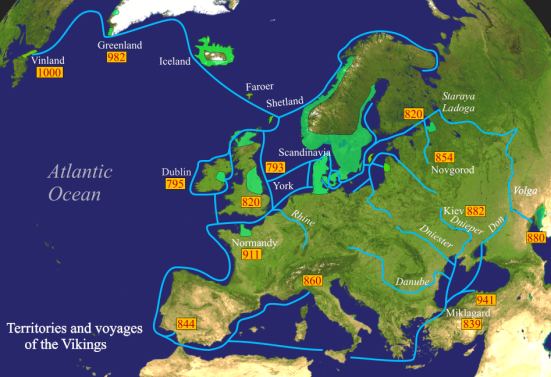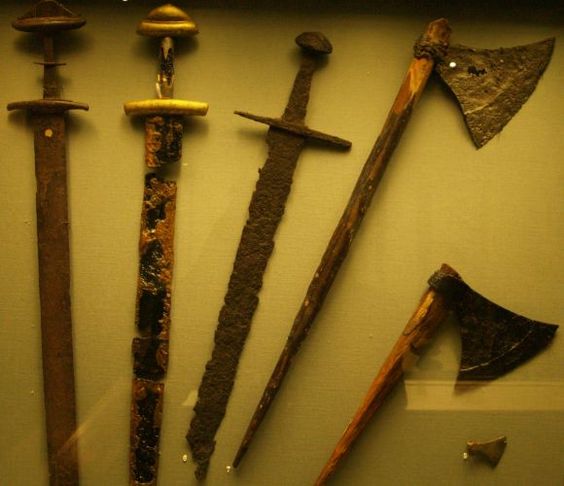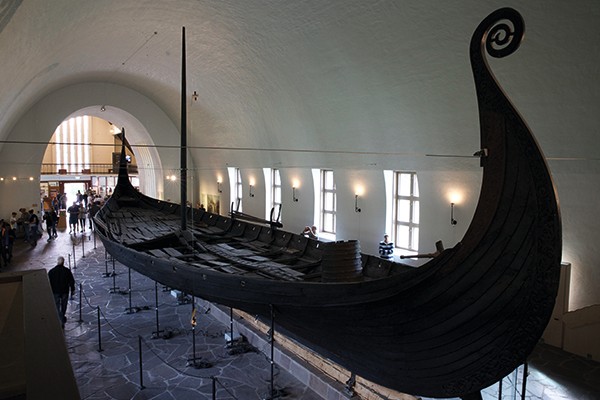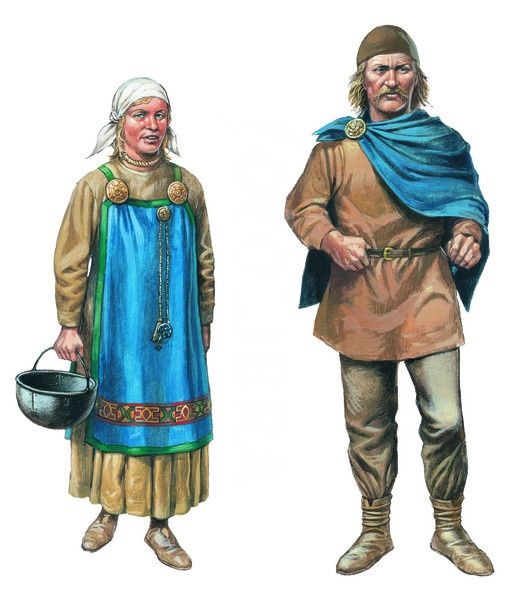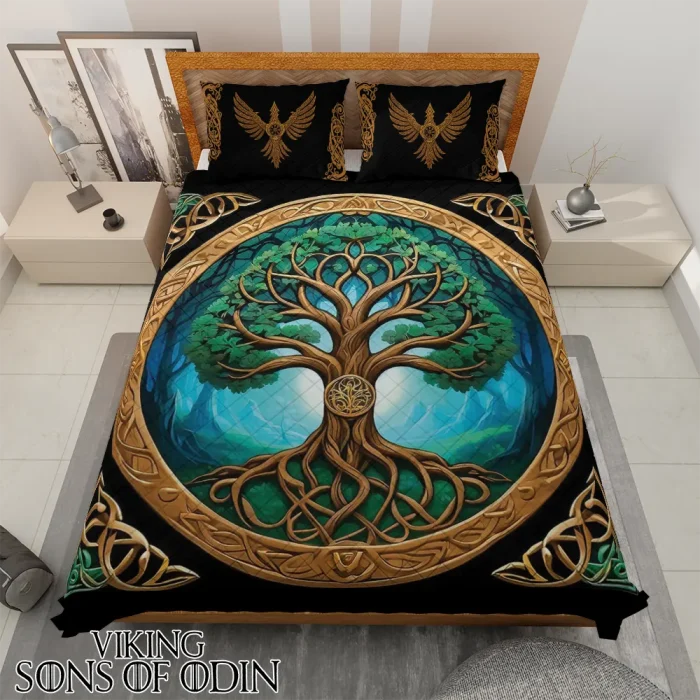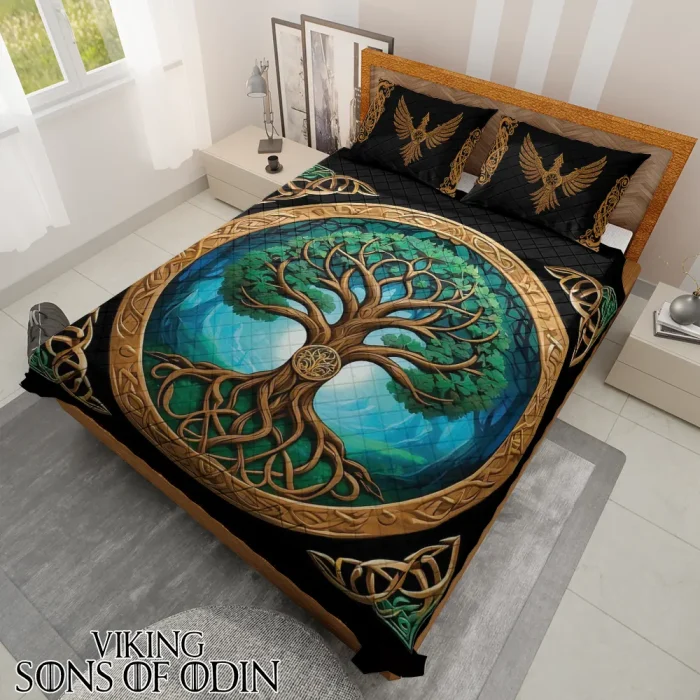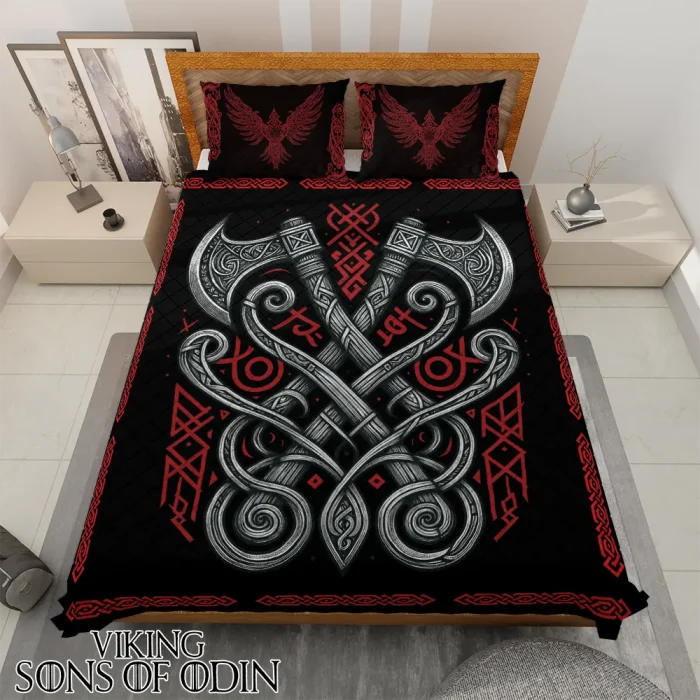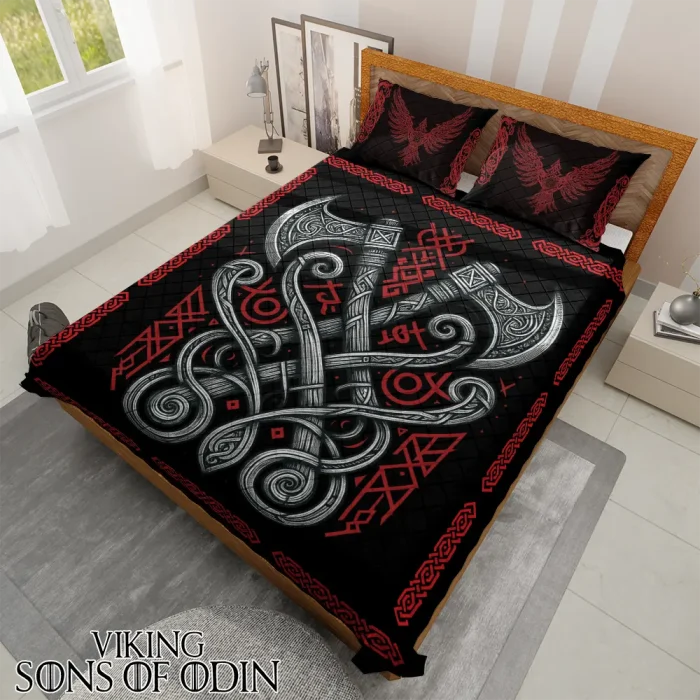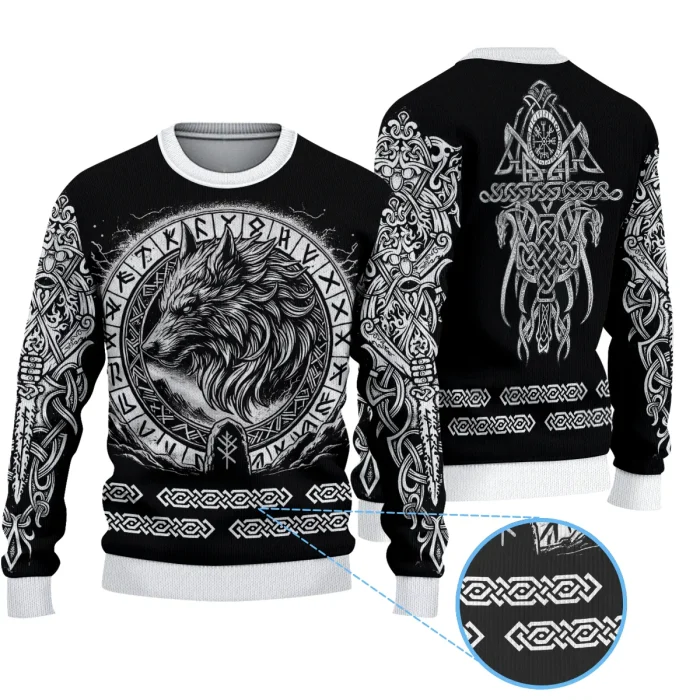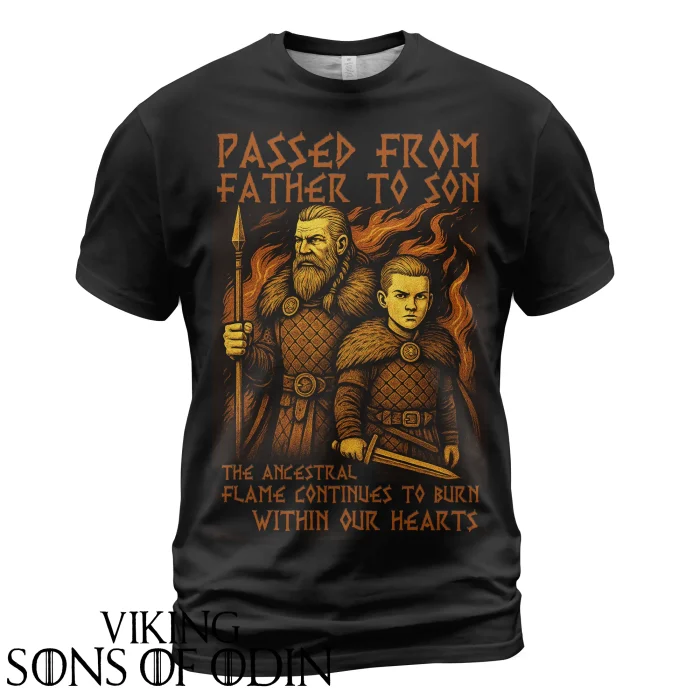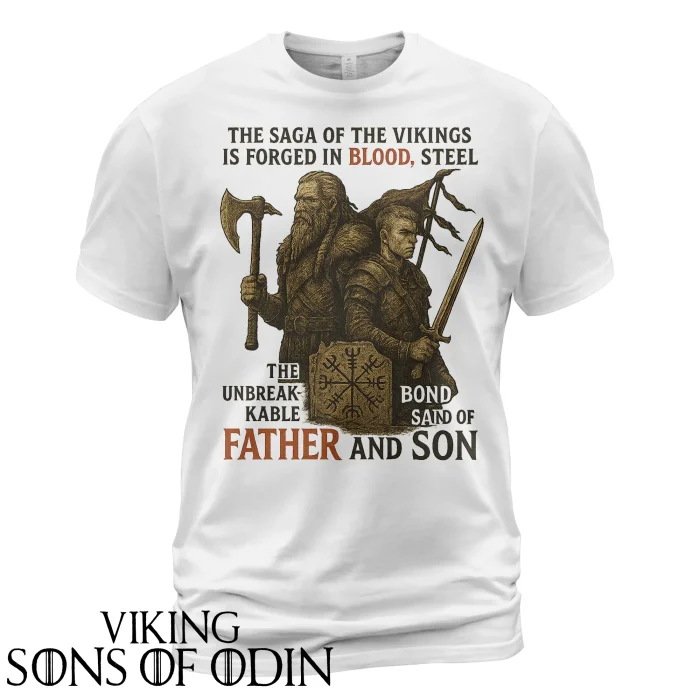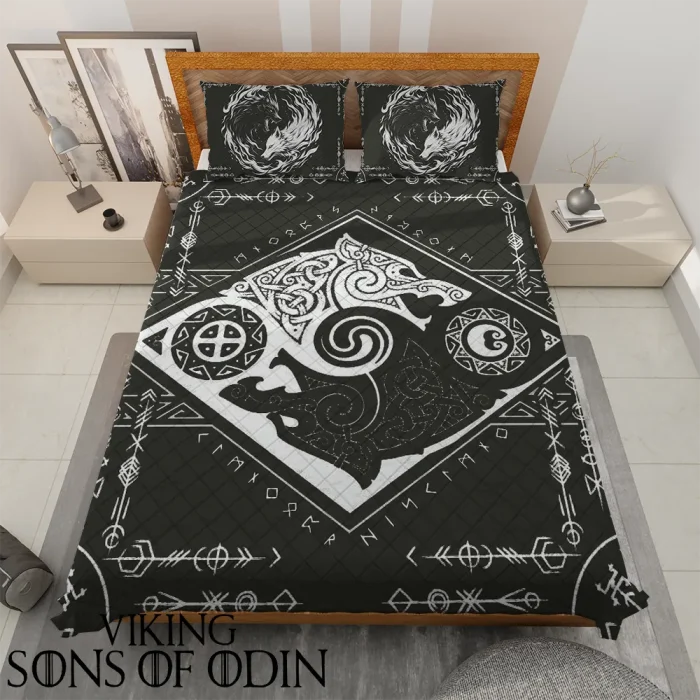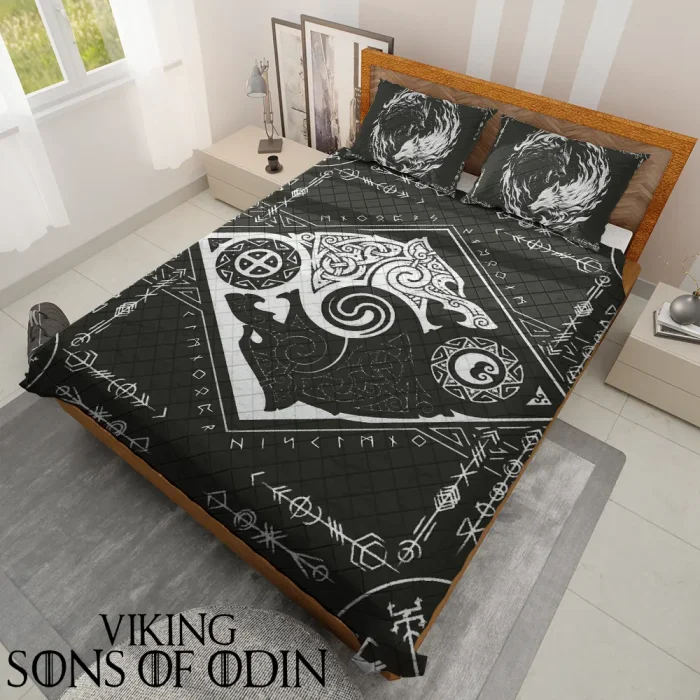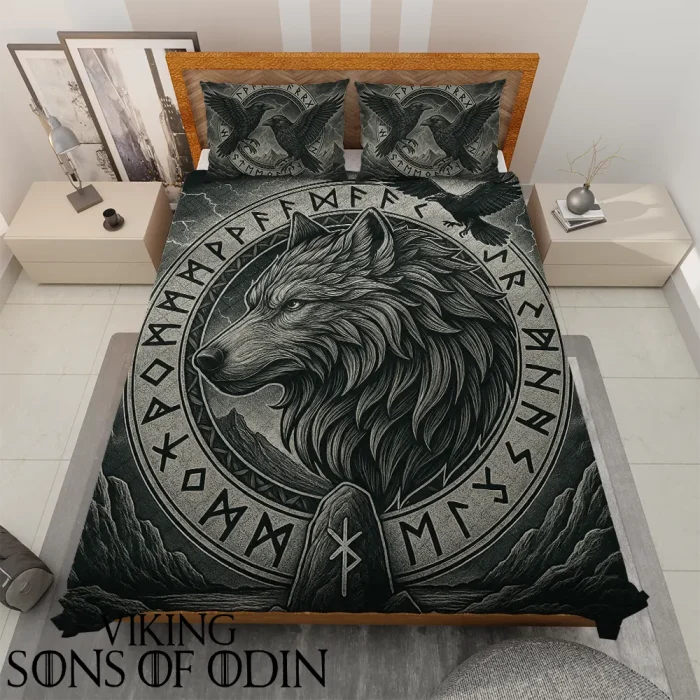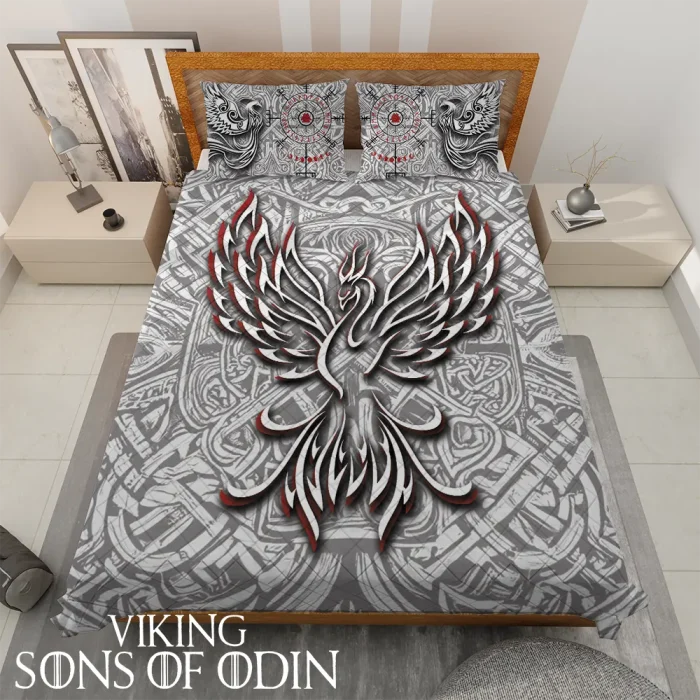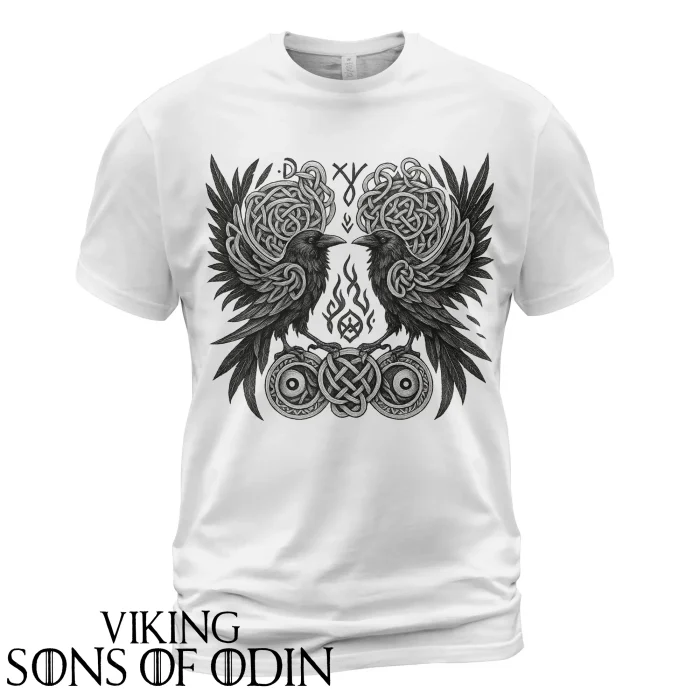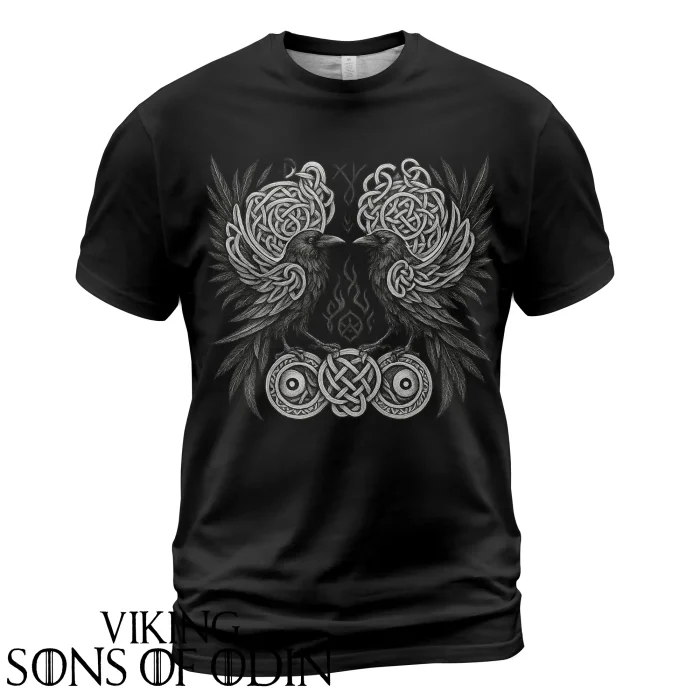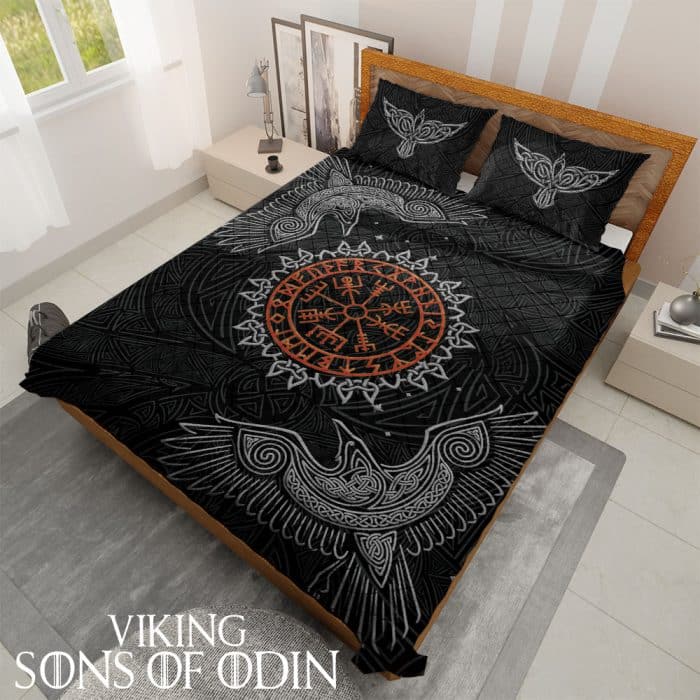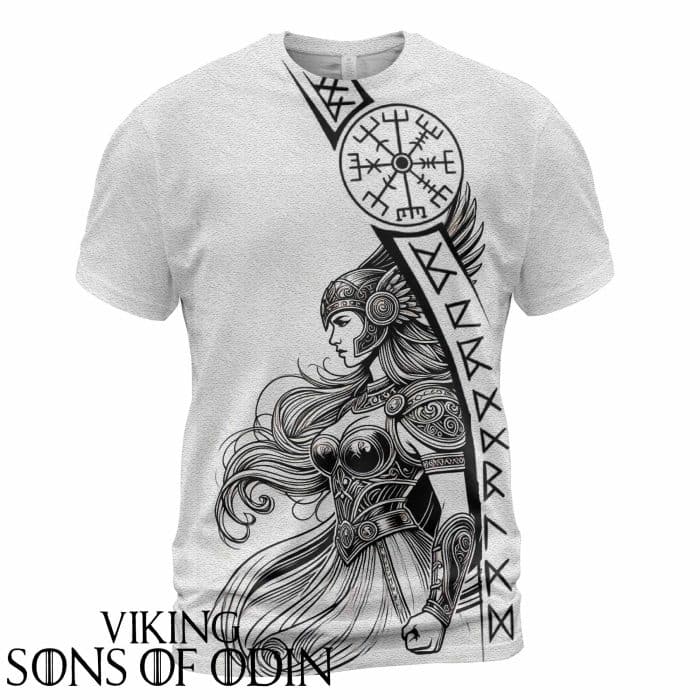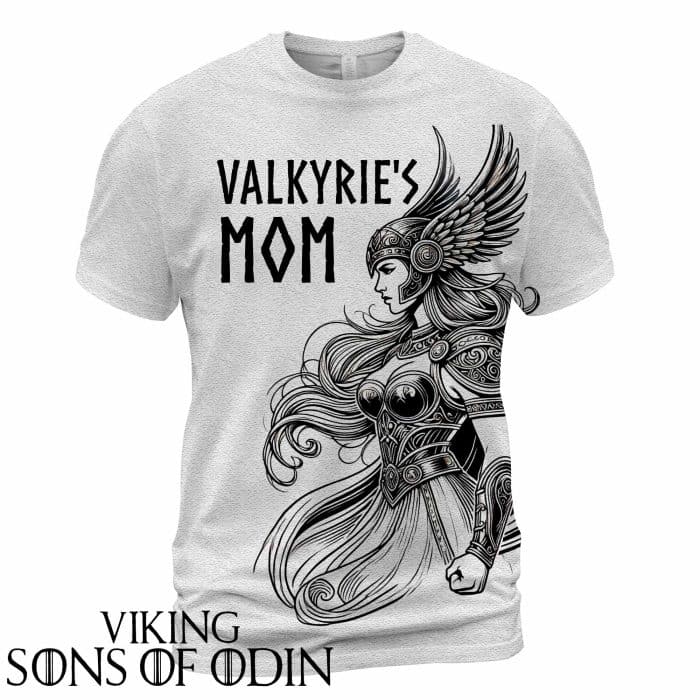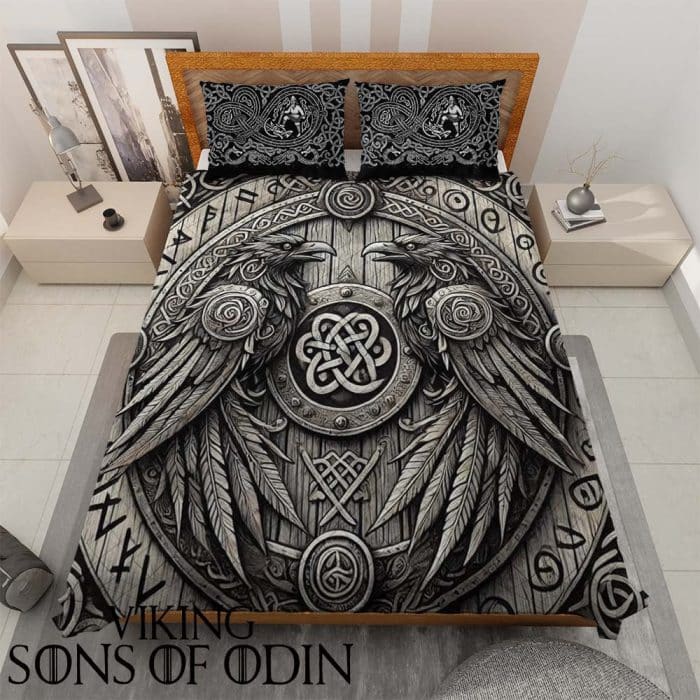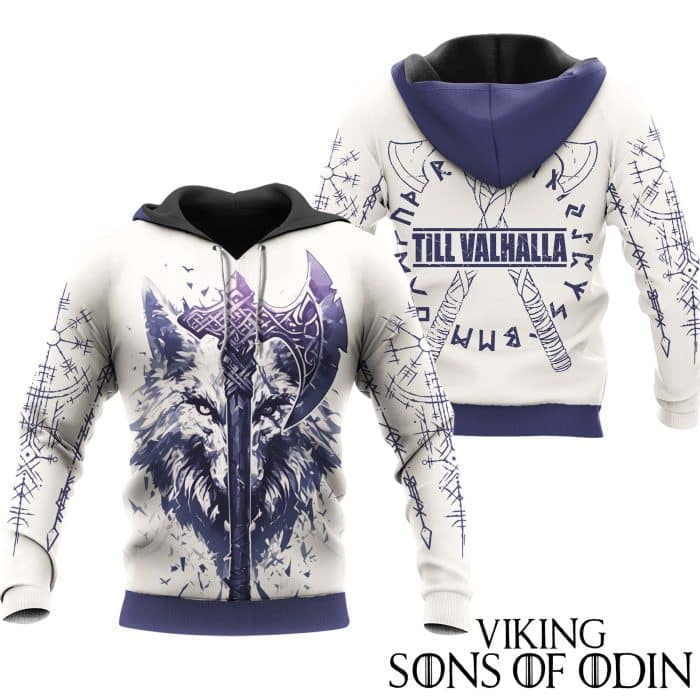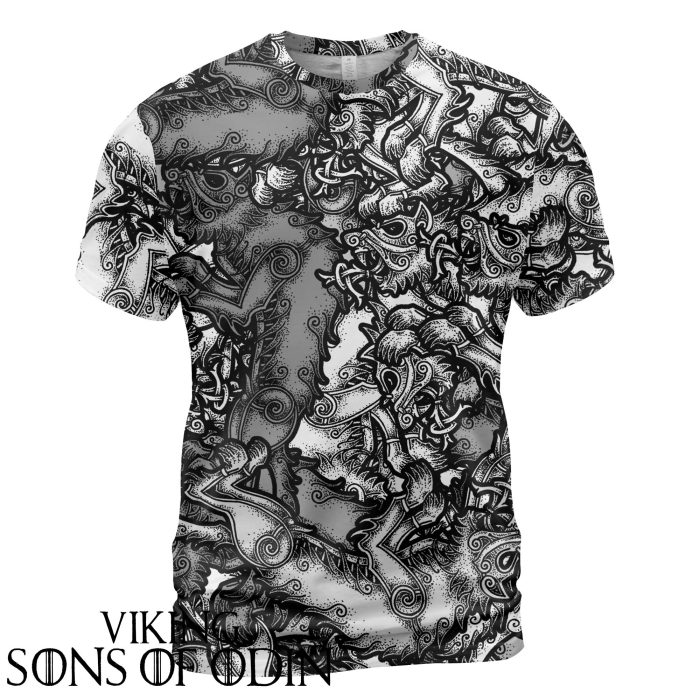Nordic Discovery, Viking
The Viking Age – Historical Studies Part 2
Today, the Vikings are more famous than ever. With TV shows like “Vikings” or “The Last Kingdom: The Ancient Norsemen” has given the next generation many new perspectives. There is, of course, a lot of material embedded in the programmes, where archeology and history work together. But who are these Vikings? Are they adventurers, farmers, merchants, or savages? Well, they are all of the above because the Vikings are a very organized people, rich in cultural traditions, made up of faith, tradition, warrior contingent and economic ambition. But remember that it is a diverse group of people living in a complex world.
WEAPONS AND EXPEDITION
Archaeologists suggest that the climate changes of that time promoted agriculture, causing a dramatic increase in population, which prompted the Vikings to set out in search of lands. new. Those who remained remained the rulers at home, funding treasure hunts to try to enrich their wealth and maintain dominance and power. Today there is still controversy about the number of Viking women who participated in the conquests. The Vikings carried out raids and established colonies throughout Europe and eastward to Russia. In the mid-11th century, the Norse empire expanded into England, Iceland, Greenland, and Canada, and they also invaded ports in Italy and Spain as well as in Constantinople.
From at least 795 to 836 AD, there were countless raids with the strategy of “take and retreat” by both the Norse and the Danes into Ireland. It is likely that the Christian monasteries in Ireland were the target because they were poorly protected and contained great wealth in the form of precious metals and human power. Settling in rich Christian lands also offered better prospects than staying in the resource-poor Scandinavian homeland.
A famous raid took place in Luni, now in the province of La Spezia – Italy, where Bjorn (or Hastein) sent messengers to the Bishop to inform him of his death. The messenger said that on his deathbed he converted to Christianity and his death wish was to be buried on this holy ground. The bishop allowed the Vikings to bring their leader’s body into town. When the Vikings entered Luni, Bjorn jumped out of his coffin, rushed to the city gate and opened the way for the rest of the Vikings to enter. There is a funny mistake here, that Bjorn attacked Luni but he thought he was attacking Roma.
There is a fatal misunderstanding that the Vikings often formed “shield” formations, standing close together in battle, like Roman legionnaires or Spartan warriors. A typical Viking shield is relatively small and light, used as a secondary weapon, their style is to rush into the enemy formation, using strength and shield to knock the opponent out. They use a wide range of individual combat techniques skillfully and effectively. One of them is called “Svinfylking” (Arrow formation or Pig’s Fang formation), which is used to attack and penetrate enemy walls with an ax as the primary weapon, something that is effective in creating fear.
The Dane ax is a two-handed weapon used exclusively in combat. Famous for being used by the “huscarl” (Old English, Norse royal guards) of King Harold II at the Battle of Hastings in 1066 AD and depicted on the Bayeux Cloth, a cloth embroidered nearly 70m long and 50cm high, depicting the battles between King William of Normandy and Harold of Wessex. Another type of Viking war ax was the ax with a partial blade extending like a hook, used with one hand and also used to hook weapons or enemy shields. When not in combat, this ax is also used to chop wood.
NAVAL POWER – BATTLESHIP
Warships and the seas have been of great importance in Norse cultures since the Bronze Age. Many historians consider Viking shipbuilding to be one of the greatest artistic and technical achievements of the “Night School” period in Europe. These ships glide very quickly, and have enough strength to survive sea crossings while having a draft of only 50 cm (about 20 inches), allowing the ship to navigate in very shallow water.
These ships were generally slim and flexible, with symmetrical ends and sturdy keels. They are built according to the “clinker built” method, which is a method of building boats in which the edges of the hull planks are superimposed. Some ships may have dragon heads or other figures protruding from the bow and stern.
The Viking ships prompted them to embark on trade, conquest and exploration voyages. They were an important part of Viking society, not only as a means of transportation but also because of the prestige this boat brought to the owner or captain. That’s why if an upper-class aristocrat was not allowed to die at sea, he would still be buried in a ship on land, often buried with both weapons and rare pottery. There have been several such finds in the 20th century, such as the Gokstad (from 890 AD) and the Oseberg (from the early 9th century AD). They believe these boats will also provide them with a safe passage to the afterlife.
A WEEKLY DAY OF NORTH EUROPEAN MEN AND WOMEN
Viking craft and shipbuilding skills are often overshadowed by stereotyped images of violent invaders, looters or explorers. But there are more conventional aspects of the lives of Nordic men and women. In the professional realm, the Vikings were experienced farmers, shipbuilders, merchants, blacksmiths, goldsmiths, metalworkers, cooks, tailors, and craftsmen, and this legacy remains. passed down by their descendants to this day.
Nordic people make beautiful and sophisticated jewelry in the form of bracelets, rings, necklaces, etc., from a variety of materials including copper, iron, gold, silver, amber, and turpentine. In the early Viking days, these pieces of jewelry were very simple, but over time the items became more detailed and elaborate.
The Viking abode was entirely built on social hierarchies, in which some were enslaved and left to live with livestock or rubbish, while others reigned in chairs. high. Large households may include a couple, concubines, assistants, farmers and warriors, animals, workers, guests, and a host of their children. Despite living under the same roof, the daily routines and hierarchies of the community created thresholds between groups and set people apart.
The walls of a large house are usually made from a structure of wooden trees stuck together, then put on a layer of glue. Some large houses have a smithy inside, although more commonly the forge is housed in a separate gable. Roofs are usually made of thatch or wooden shingles.
Archaeologists also found things — such as pots, knives, and iron rings — buried in or near doors. Perhaps these objects were used to protect the house from supernatural forces from the outside. And keeping the artifacts at the same time creates a connection between people’s daily lives and their homes. The Vikings also had a strange and completely unique tradition: they buried their own homes.

